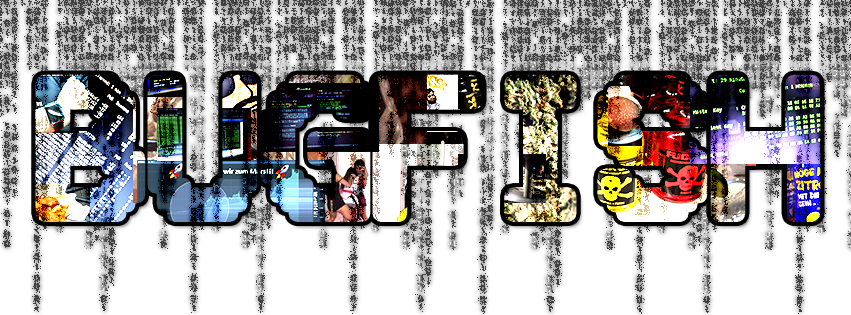

Greetings
The files are overwritten with random numbers (random bytes) for each pass. Specifically, for each overwrite pass, the method fills the file with cryptographically secure random data generated by RandomNumberGenerator.Create(). There is no sequence of different patterns (such as 0xFF, 0x00, then random) in my implementation-each pass is random data only.
If you are interested in different overwrite patterns let me know, then i may will implement a solution to choose methods. Overwrite passes count can be set inside the software after hitting the launch button in the confirmation process.


The benefit is to delete data and execute operations (as deleting logins) in emergency situations when time is a factor. The manufactures inbuilt secure erase function is definitely the better way to make your data unrecoverable, but can take more time and may not be suitable in emergency situations.
Its not planed to add something against bad block data in bugfish-nuke, my recommendation to be safe in that matter: